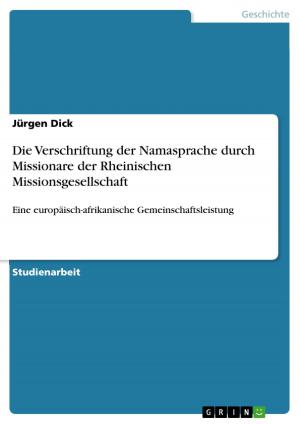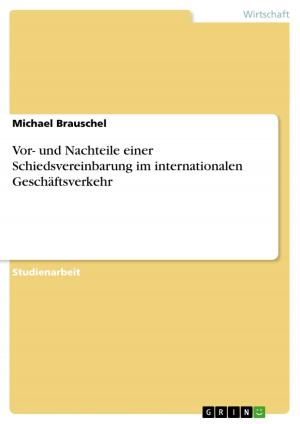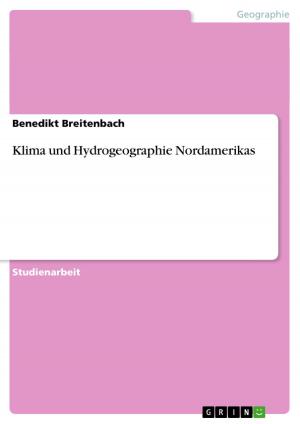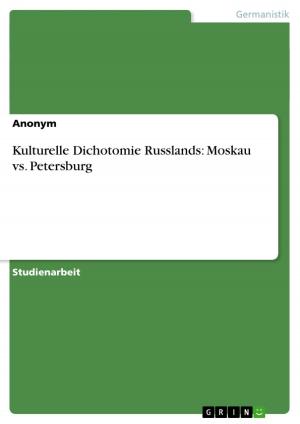Geochemistry of Devonian Reefal Limestone of the Klutert Cave, Germany
Nonfiction, Science & Nature, Science, Earth Sciences, Geology| Author: | Adam Valenzano | ISBN: | 9783668451513 |
| Publisher: | GRIN Verlag | Publication: | May 22, 2017 |
| Imprint: | GRIN Verlag | Language: | English |
| Author: | Adam Valenzano |
| ISBN: | 9783668451513 |
| Publisher: | GRIN Verlag |
| Publication: | May 22, 2017 |
| Imprint: | GRIN Verlag |
| Language: | English |
Master's Thesis from the year 2017 in the subject Geography / Earth Science - Geology, Mineralogy, Soil Science, Ruhr-University of Bochum, language: English, abstract: The lower coral limestone of the upper Honsel beds is a transition zone between the argillaceous-dominated lower Honsel Beds and the reefal Massenkalk. The Klutert Cave in Ennepetal was formed by dissolution of carbonate from the lower coral limestone, which is Devonian in age. Component mapping of the cave wall shows a decrease in abundance and size of domical stromatoporoids and massive corals towards the top of the reef emphasizing a worsening of living conditions due to increasing sediment influx. LiDAR scans give no additional information due to the rough cave surface. Cathodoluminescence shows at least 2 marine cement phases and 4 cement phases in burial realm. Meteoric dissolution and precipitation is obvious on large scale but absent on sample scale. Element maps show an increasing of diagenetic alteration in skeletons and cement close to late diagenetic fractures due to low permeability of the matrix. Oxygen and carbon isotope data show a bimodal distribution similar to Devonian marine and burial cements from the Golden Spike Reef, Alberta, Canada.
Master's Thesis from the year 2017 in the subject Geography / Earth Science - Geology, Mineralogy, Soil Science, Ruhr-University of Bochum, language: English, abstract: The lower coral limestone of the upper Honsel beds is a transition zone between the argillaceous-dominated lower Honsel Beds and the reefal Massenkalk. The Klutert Cave in Ennepetal was formed by dissolution of carbonate from the lower coral limestone, which is Devonian in age. Component mapping of the cave wall shows a decrease in abundance and size of domical stromatoporoids and massive corals towards the top of the reef emphasizing a worsening of living conditions due to increasing sediment influx. LiDAR scans give no additional information due to the rough cave surface. Cathodoluminescence shows at least 2 marine cement phases and 4 cement phases in burial realm. Meteoric dissolution and precipitation is obvious on large scale but absent on sample scale. Element maps show an increasing of diagenetic alteration in skeletons and cement close to late diagenetic fractures due to low permeability of the matrix. Oxygen and carbon isotope data show a bimodal distribution similar to Devonian marine and burial cements from the Golden Spike Reef, Alberta, Canada.















